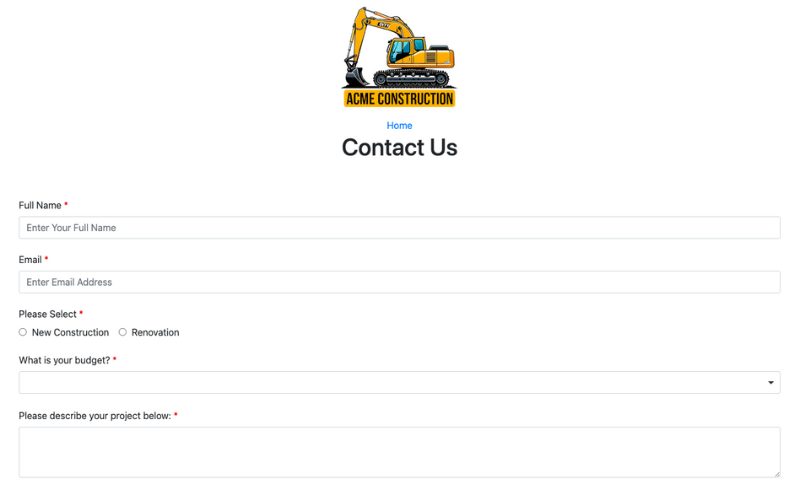
In today’s fast-paced digital world, businesses need efficient ways to collect, manage, and analyze data. Whether you're gathering customer feedback, processing job applications, or managing service requests, a well-structured public form can streamline your operations. With Web Data Forms, you can easily create customizable public forms, collect submissions, and automate workflows—all without writing a single line of code. Additionally, submissions can be assigned to users, have statuses set, and include comments. You can also generate visual reports to identify trends and make data-driven decisions.
Public forms make it easy for customers, employees, or stakeholders to submit information securely. Whether it’s a survey, registration form, or feedback form, submissions are stored in a structured manner for easy access.
Each submission can be automatically assigned to a user for review or processing. Workflows allow you to set the submission’s status (e.g., "Pending," "In Review," "Approved") and add comments for internal communication. This ensures that no submission is overlooked and that the right people are notified when action is required.
Instead of sifting through individual submissions, Web Data Forms enables you to generate graphical reports that visualize trends in your data. Whether it's tracking customer feedback sentiment or monitoring form response rates, these reports provide actionable insights at a glance.
Creating a public form with Web Data Forms is more than just data collection—it's about automating processes, improving collaboration, and gaining valuable insights. Whether you’re managing customer inquiries, job applications, or event registrations, the added workflow automation and reporting tools ensure an efficient and organized system for your business.
Start building your smart public form today and take your data management to the next level!
Tutorial - How to Create a Public Form
Sign up for a free account and explore the automation features today!